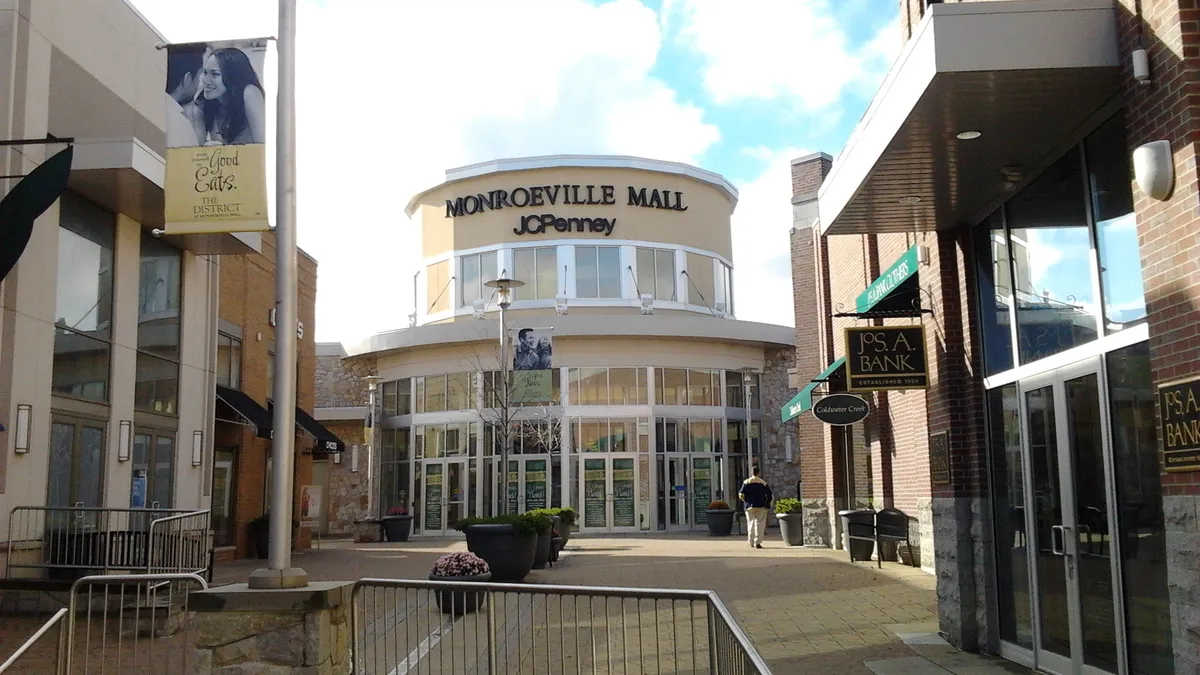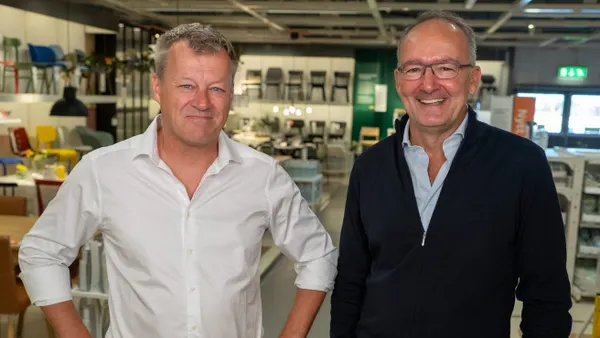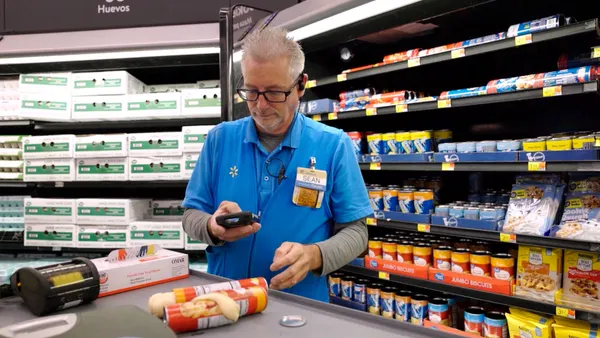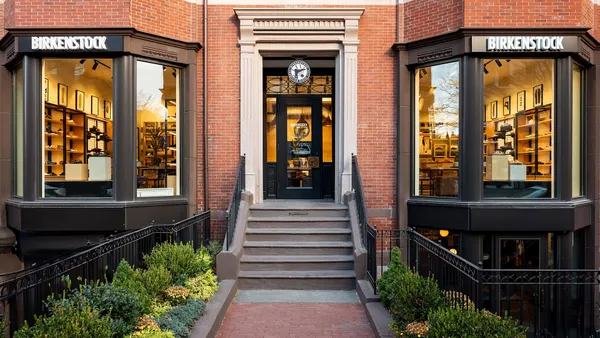As the last touch in the purchase process, last-mile delivery represents the final, make-or-break opportunity to win — or lose — customer loyalty and repeat purchases. Consumers want fast, easy and hassle-free deliveries, so many retailers are adding non-traditional, regional and on-demand options to make consumers’ expectations a reality, especially for same- and next-day.
But unfortunately, many of them are not getting fast, easy and hassle-free performance from their on-demand solutions. A recent survey of 150 retail supply chain/logistics and operations executives conducted by Supply Chain Dive on behalf of Roadie found significant gaps between the delivery metrics that they believe they should expect from these non-traditional last-mile delivery options and what they’re getting. And that’s putting retailers’ hard-won brand reputations at risk.
For many customers, “that delivery becomes the only experience that they'll have with that business, so that's going to make or break their loyalty,” says Dennis Moon, COO at Roadie, a logistics management and crowdsourced delivery platform. “They can get a lot of products from a lot of different places, so if they have a bad experience with company A, then the next time they’re going to Company B.”
Last mile and the CX
Survey respondents are nearly unanimous on how important delivery has become: 97% say their brands consider a high-quality last-mile delivery experience to be very or extremely important.
That’s not just a gut feeling. They also voiced that the biggest benefit of providing a great last-mile delivery experience is increased revenue (43%), closely followed by higher customer satisfaction/retention (41%).
It doesn’t stop there. They also attribute higher sales (37%), better brand loyalty (35%) and competitive advantage (35%) to the provision of a great last-mile delivery experience.
A poor delivery experience puts all that at risk.
Where last-mile goes wrong
Retailers know consumers value fast, predictable, damage-free delivery. So, it’s not surprising that they place great value on a given company’s on-time delivery rates (67%) and loss rates (49%).
What is surprising is how poorly last-mile networks perform on these critical metrics.
The survey found that respondents generously expect a median 93.5% on-time delivery rate from their solutions. But they’re actually getting a median of 80% for same-day delivery and 76% for 1-2-day delivery. For damage rates, they anticipate a 5.8% rate but are actually getting a median — and shockingly high — 34% for same-day and 29% for one- to two-day delivery from their most-used, non-traditional last-mile solution.
A deeper dive into the data reveals that one particular widely used non-traditional parcel carrier seems to be pulling down the performance averages. That provider offers both traditionally tipped services, like food delivery, which tend to get favored by drivers over non-tipped, non-food item deliveries. As a result, these items are often late and/or damaged.
Other last-mile models keep costs low while being a lot more efficient and driver-friendly.
“If you’re turning the last-mile experience over to a company competing for other kinds of jobs, even if you save a little in the front end, that’s going to cost you a lot on the back end because of the loss of customer loyalty and repeat business when deliveries don’t get where they need to go on time,” adds Chris Grubb, head of marketing at Roadie.
Getting great last-mile service
The big reveal in the data is that, while they might appear similar on the surface, non-traditional last-mile delivery solutions differ widely in how they work. Networks with high on-time delivery rates, low damage rates and other features of a great delivery experience invest in the people, processes and systems that ensure performance is well above those dismal median KPIs.
“When you look behind the curtain, there are clear differences among last-mile solutions in things such as real-time visibility, picture proof of delivery, special services, and many other aspects of what they do,” Grubb says. Other key differences include scalability, service area, customer support and the ability to handle big & bulky goods.
An overwhelming majority of survey respondents (92%) call the choice of last-mile delivery solution very or extremely influential to their ability to provide a high-quality last-mile delivery experience. So it’s essential to understand how a potential delivery partner does business, how well they perform on KPIs and ensure they can provide the last-mile experience that customers demand.
“You can win sales by offering a fast delivery. And then a great delivery can drive a large repeat purchase behavior,” Moon says. “Once people learn to rely on certain retailers to be able to actually deliver on time, they go back to those people in the future.”
Last-mile delivery represents the final opportunity to win or lose customer loyalty and repeat purchases. But many retailers aren’t seeing high-quality performance from their on-demand solutions.










